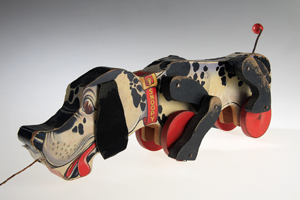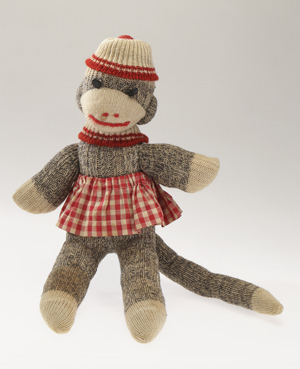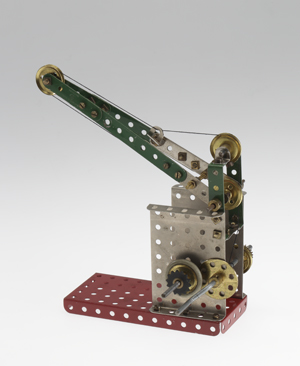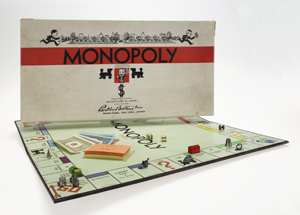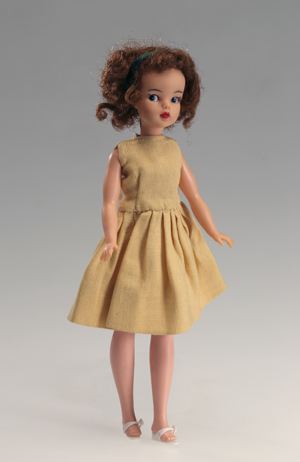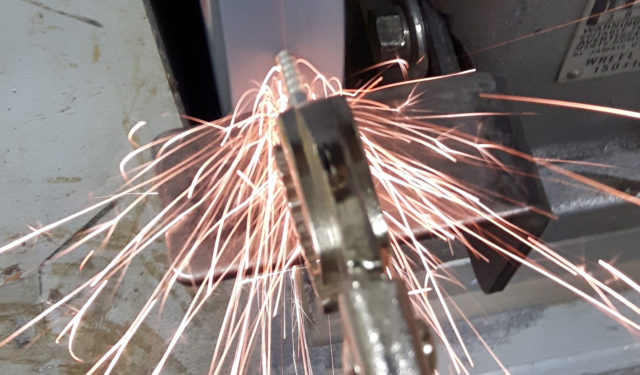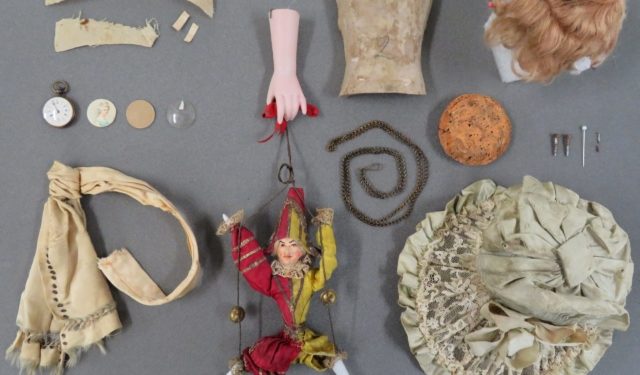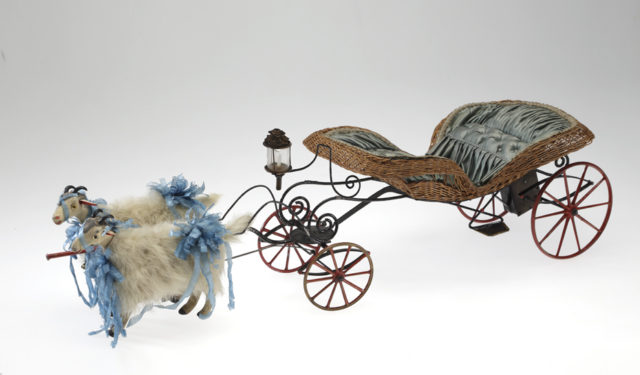Some Serious Fun!
Being in touch with your inner child is a tremendous asset when designing a toys exhibition!
April 23, 2020
To put together an exhibition of toys, one has to start by taking a fresh look at the collection. The idea is to look at the objects in the reserves in a new light to spin a tale for our young visitors. Dolls, stuffed animals, board games and even roller skates can all become the stars of our story, as can a globe, dinner plate, iron or powder horn. Regardless of their original function, these objects can help recount the adventure we offer to the children. One must look at the world with a child’s eyes to work on scenario for a toys exhibition.
Needless to say, this stage of the process can involve laughter, fun and a large dose of imagination and creativity, all to create an exhibition design that is colourful, playful and inventive at every turn.
And every time, there are new challenges to meet, both unusual and stimulating. Inventing a circus big top for our friend Mister Rabbit, imagining a life-size igloo made of pillows, creating a bench in the shape of a wiener dog, and dreaming up a starry seabed using hanging metal mixing bowls are just some of the fanciful ideas that have come to life for these exhibitions.
Finally, behind the magic of each exhibition is a diverse team of extraordinary professionals. Curators, conservators, editor/translators, exhibition designers, graphic designers, scenic painters, prop masters, furniture makers, lighting designers, technicians, seamstresses, audiovisual specialists—all work closely together to create some serious fun!
DID YOU KNOW?
SNOOPY SNIFFER
Unveiled by Fisher Price in 1938, Snoopy Sniffer became one of the most popular toys in the company’s history and beloved by many generations of children. Although this adorable wooden basset hound with long ears has the same name as the famous dog in the Peanuts comic strip, Snoopy Sniffer predates Snoopy by more than a decade. The story of Charlie Brown and his dog, created by illustrator Charles M. Schulz, began only in 1950. After a few years’ absence, Snoopy Sniffer recently returned to the market under the new name Snoop n’ Sniff.
SOCK MONKEY
The Sock Monkey is a traditional North American soft toy dating from at least the 1930s. In 1939, Sears, Roebuck & Company, one of the largest mail order companies in the world, began selling Rockford Red Heel Socks, a patented product from the Nelson Knitting Company of Illinois. Warm, comfortable and hard-wearing, these socks were very popular with farmers and labourers. While the origins of the first sock monkey pattern remain a mystery, every pair of socks ordered from Sears, Roebuck & Company was delivered with instructions for making a soft toy out of old socks. Generations later, these charming stuffed animals continue to delight young and old!
MECCANO
The history of this iconic toy began in 1899 over a century ago in Liverpool, around Christmastime. Frank Hornby was looking for an original gift idea for his two sons. He built a crane out of perforated metal strips that he held together with little nuts and bolts. It was the beginning of Meccano. Recognizing the potential of his invention, Hornby improved it and started producing it for the mass market—a wise move! Patented in 1901, this construction toy is reported to have earned its inventor over a million dollars.
MONOPOLY
Monopoly was said to be invented in Philadelphia by Charles Darrow in 1933. However, three decades earlier, Elizabeth Magie had created a remarkably similar game, called The Landlord’s Game, inspired by the writings of economist Henry George. Magie had invented two versions of the game. In the anti-monopoly version, all the players could get rich, while in the pro-monopoly version, the goal was to crush the competition. Ironically, Parker Brothers, who purchased the rights to Monopoly from Darrow, had twice passed on Elizabeth Magie’s concept, in 1909 and in 1923.
TAMMY
This doll, named Tammy, had the physical appearance of a teenager and, like Barbie, had an impressive collection of clothes and accessories. Gradually, the family grew, with Tammy’s father, mother, two brothers Pete and Ted, sister Pepper, and a number of friends appearing on the market. But while mothers preferred Tammy because of her realistic proportions, little girls wanted buxom Barbie. In 1965, faced with the decreasing popularity of Tammy, the Ideal Toy Company, her creator, introduced Grown Up Tammy, who had a slimmer figure. But the move was in vain; Tammy was no match for her beautiful rival, and production stopped in 1966.
TAKE A LOOK BACK AT TEN YEARS OF CONSTANT DELIGHT!
- 2019 – It’s Your Move! Board Games: Larger Than Life
- 2018 – Treasures in the Attic
- 2017 – The Topsy-Turvy Storyland
- 2016 – Alfred’s Adventures
- 2015 – Mister Rabbit’s Circus
- 2014 – The Island of Toys
- 2013 – Mission Cosmos
- 2012 – The voyage
- 2011 – Toys 2
- 2010 – Toys


